Voorlezer #46
The Voorlezer’s House, constructed ca. 1769, is located on the west side of Arthur Kill Road. The building remains near its original site, but in 1939 it was moved back about 15 feet to allow for a road widening project.
The name “Voorlezer’s House” has been used since 1938. At that time, the building was believed to be a structure built ca. 1695 at that location by the Dutch congregation, a conclusion based on research and architectural analysis using the best resources available to early historians. That original structure served multiple functions for the community, as a religious meeting house, a school, and the home of the Voorlezer (lay reader) for the congregation.
A recent comprehensive analysis of the building, including dendrochronology and in-depth study of architectural, documentary, and archaeological evidence, has led to a new understanding of the building as a mid-18th century farmhouse. It is believed that the original structure that was used by the Dutch congregation was demolished in the 1760s, and the current structure was built in the same location, likely incorporating some of the original stone foundation. Although the building is now believed to be from the 1760s rather than the 1690s, the history of the site and its many residents and uses over the centuries continues to inform the interpretation of the building.
The original (no longer extant) structure was built by the Dutch Reformed congregation as a religious facility. It also contained the residence of the congregation's Voorlezer, Hendrick Kroesen (ca. 1666-ca. 1760), and his family from ca. 1695 until 1701. The Voorlezer's typical function within the church involved reading the Bible aloud, keeping church records, performing rites such as baptism, and educating children. Sermons would be presented by a visiting Domine (minister), who was likely received as a guest in the Kroesen's living area. The size of the congregation may have been about 82 adults, and 25-30 potential students, at a time when the entire island held about 700 residents. Records were kept in the Dutch language, and it is assumed that both Dutch and English were spoken here. Hendrick Kroesen, his wife Cornelia, and their daughter Maritje moved to the Port Richmond area when a new church building was constructed there after 1700.
The building that currently stands on the site was occupied by the Rezeau family for more than 100 years. Original members of the Rezeau family on Staten Island were French Huguenots who fled their native country in 1685 to escape religious persecution. Jacob Rezeau (1706-1789) is believed to have built the current structure. A date stone carved with his initials and the year “1769” can still be seen in the foundation of the building. Jacob worked as a farmer and a cooper, and also served in a variety of local government positions. The Rezeaus and their descendents, including the Van Pelt family, occupied the building until 1872, and some of the family members are buried at the Rezeau-Van Pelt Cemetery on the grounds of Historic Richmond Town.
After the Rezeau descendents left the house, substantial changes were made, and additions were built which have since been removed. Beginning in the 1880s, it contained a residence and store operated by Solomon Rosenberg and his family. The Rosenbergs were Hungarian Jews, having immigrated to the United States from the Austro-Hungarian Empire in 1879. Mr. Rosenberg, a dry goods merchant, and his wife, Amelia, lived in the house with their seven children.
Their business was referred to in the Richmond County Standard, February 1884, which reported, "Mr. Rosenberg is building a large addition to his store in Richmond. It is the first building erected in that village for many years." By the 1890s, the Rosenberg family’s hotel-saloon on the premises was known as the Arlington Hotel, and around 1910 a sign identified it as the Richmond Road House. The family's business included retail liquor sale, which may have ended with passage of the 18th Amendment in 1920. Presumably "near beer" was sold during the era of Prohibition.
In 1924, the building was purchased by Marie Peterson, an immigrant from Denmark. She and two boarders lived in part of the building, while other portions of the building served at various times as a grocery store, a confectionery, and a restaurant. One of the businesses was operated by Nicholas George, who immigrated to the U.S. from Italy in 1880. A 1935 photograph shows the building with a sign announcing it was the “Acorn Inn Restaurant.”
A mortgage on the property was foreclosed in 1936. In recognition of the building’s historic significance, the building was purchased from the bank in 1939 and donated to the Historical Society by Marie Alice (Bush) Kennedy, a descendent of an early Staten Island settler.
Building restoration began in 1938 and continued into the 1940s. The house was opened for the New York City Board of Education's Centennial Celebration in 1942, and in 1947 the Voorlezer's House was formally dedicated. In the 1980s, the house underwent a major renovation to stabilize the structure, make it more accessible for public programming, and to more visibly represent a late-17th century appearance, based on the historical understanding at that time.
The building is furnished with reproduction furniture and fabrics, and is open to the public.
The Voorlezer's House is a Registered National Landmark (1962), a New York City Landmark (1969), and on the National Registry of Historic Places (1966).

